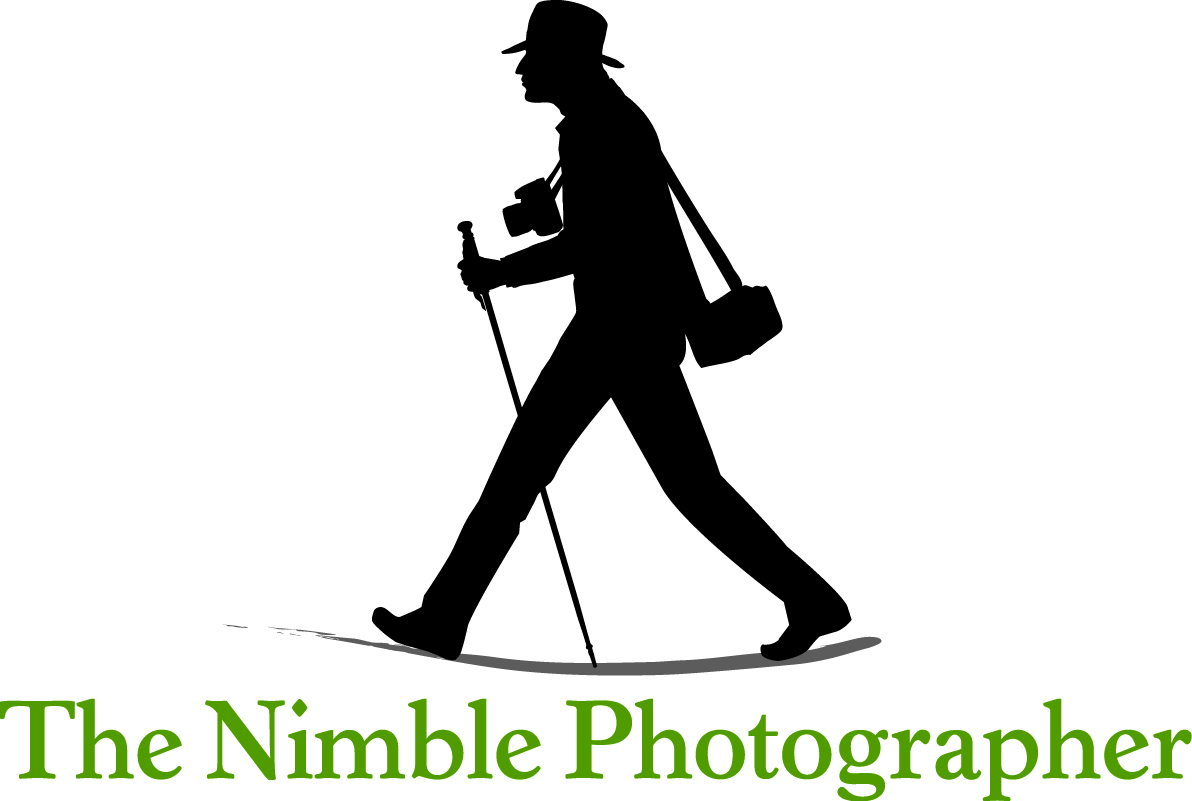I spent Friday working my way back home from New Jersey. Anyone who has ever made the trek from the East Coast to California knows that this journey requires endurance and patience.
Over the course of 12 hours of waiting and traveling and waiting some more, I had my fully charged iPad available to help me pass the time. I'm amazed at the versatility of this device. So I thought I'd share the many ways it served me on my trip.
Internet Access Point at Newark Airport - Unlike many other airports that offer free WiFi, Newark uses Boingo that wanted $12 for me to connect my laptop to the Web. I would rather use that money for my lunch, so I instead tapped into the high speed Verizon connection on the iPad. As a result, I was able to publish an article on The Digital Story without a hitch.
Read Time Magazine - During the boarding process for the flight from Newark to Dallas Fort Worth, I read the latest issue of Time magazine. The iPad version is quite good. And it's great to have an entire library of magazines ready for the reading without having to deal with the overpriced airport newsstand.
Watched the Movie Frozen During the Flight - American Airlines was offering a few free movies on their WiFi network in the cabin. So I logged on with the iPad, plugged in my red Beats earphones, and throughly enjoyed the Disney production of Frozen. The Retina Display produced a much better film presentation than those terrible screens on the plane.
Answered Email and Checked Bank Balance - Once we landed in Dallas, I took care of a couple online chores with the iPad. I even had to make a bank transfer, which would have been too late the next day at home.
Watched the Warriors on ESPN - My favorite NBA team was playing the Grizzlies for game 6 of the playoff series. Fortunately, the matchup was on ESPN, so I was able to watch it live on the iPad while sipping a coffee in the waiting area. DFW has free WiFi, so I didn't even have to use my cellular connection to root for Golden State. The video looked great, and the commentary came through crisp and clear on my earphones.
Once we were in the air and on our way to San Francisco, I put the iPad away. It was time to sleep. But after all of this activity, I still had 45 percent battery left. And it fits so easily in my carry on camera bag.
I'm not a guy who particularly like airline travel. But I have to say, the iPad mini has made the experience substantially better.
-Derrick
